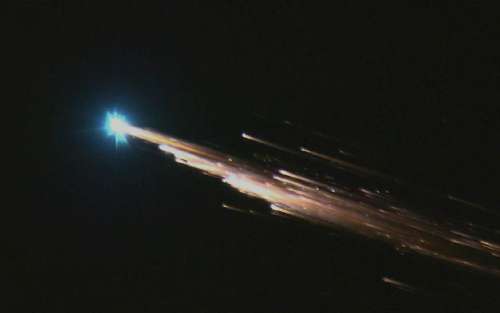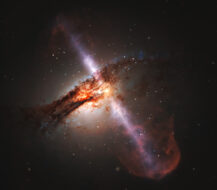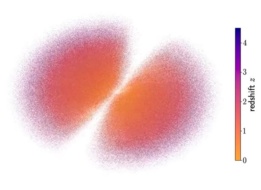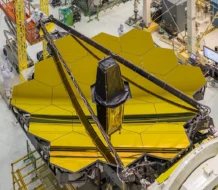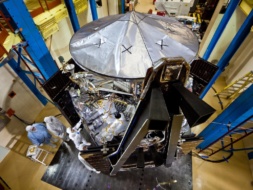When a spacecraft reaches the end of its life, there are a few things you can do.
You can leave it there, circling the Earth in, usually, a slowly lowering, uncontrolled orbit for potentially thousands of years, depending on its original altitude. That’s frowned upon—it makes the orbital environment more dangerous for everyone else.
You can use its thrusters to boost it up and out of the way. Some satellites enter what’s called a “graveyard orbit” at the end of their lives, where they won’t cross into the path of any operational satellites. Some craft even exit Earth’s orbit completely and are sent into an orbit around the Sun, instead, where they won’t bother anyone.
Or you can aim your dying satellite back at the Earth, using either thrusters, a sail, or good ol’ gravity, and let it burn up in the upper atmosphere. As low Earth orbit (LEO) has become more popular in the last decade or so, this method of satellite disposal has also become more common.
However, atmospheric reentry is turning out not to be the panacea for LEO’s clutter. New evidence shows that the most pristine upper region of Earth’s atmosphere is marred by the vaporized remains of spacecraft. The findings by a team of Purdue and NOAA researchers were published this week in the Proceedings of the National Academy of Sciences.
Searching the stratosphere: The research team started from an observation that the composition of the clouds of ions left behind when a natural meteorite entered the atmosphere was beginning to shift from the proportions in historical data.
“Scientists recently started noticing that the chemical fingerprint of these meteoritic particles was starting to change, which made us ask, ‘Well, what changed?’ because meteorite composition hasn’t changed,” said Dan Cziczo, one of the authors on the study, in a release. “But the number of spacecraft has.”
The next step was, of course, direct measurements of the atmosphere.
- Two teams attached instruments to measure the concentration of different elements in the air to the nose cones of planes.
- Those planes took measurements ~12 miles above the ground over Alaska and the continental US.
The results: The planes collected observations of more than 20 elements, including lithium, aluminum, copper, lead, magnesium, and sodium, and found a remarkably high concentration of metals in ratios that track with satellite reentry (and wouldn’t make sense coming from meteorites alone).
On top of that, 10% of the aerosol particles in the stratosphere responsible for protecting the ozone layer were observed to contain aluminum.
What now? The researchers are confident that the metals they found in their study originated from spacecraft reentry, rather than from meteorite decomposition in the atmosphere.
“Changes to the atmosphere can be difficult to study and complex to understand,” Cziczo said. “But what this research shows us is that the impact of human occupation and human spaceflight on the planet may be significant—perhaps more significant than we have yet imagined.”
We don’t yet know what these observations actually mean for Earth’s environment. We don’t have observational evidence for how an increase in spacecraft metals like lithium, aluminum, and copper in the stratosphere might impact climate change and life down on the surface.
